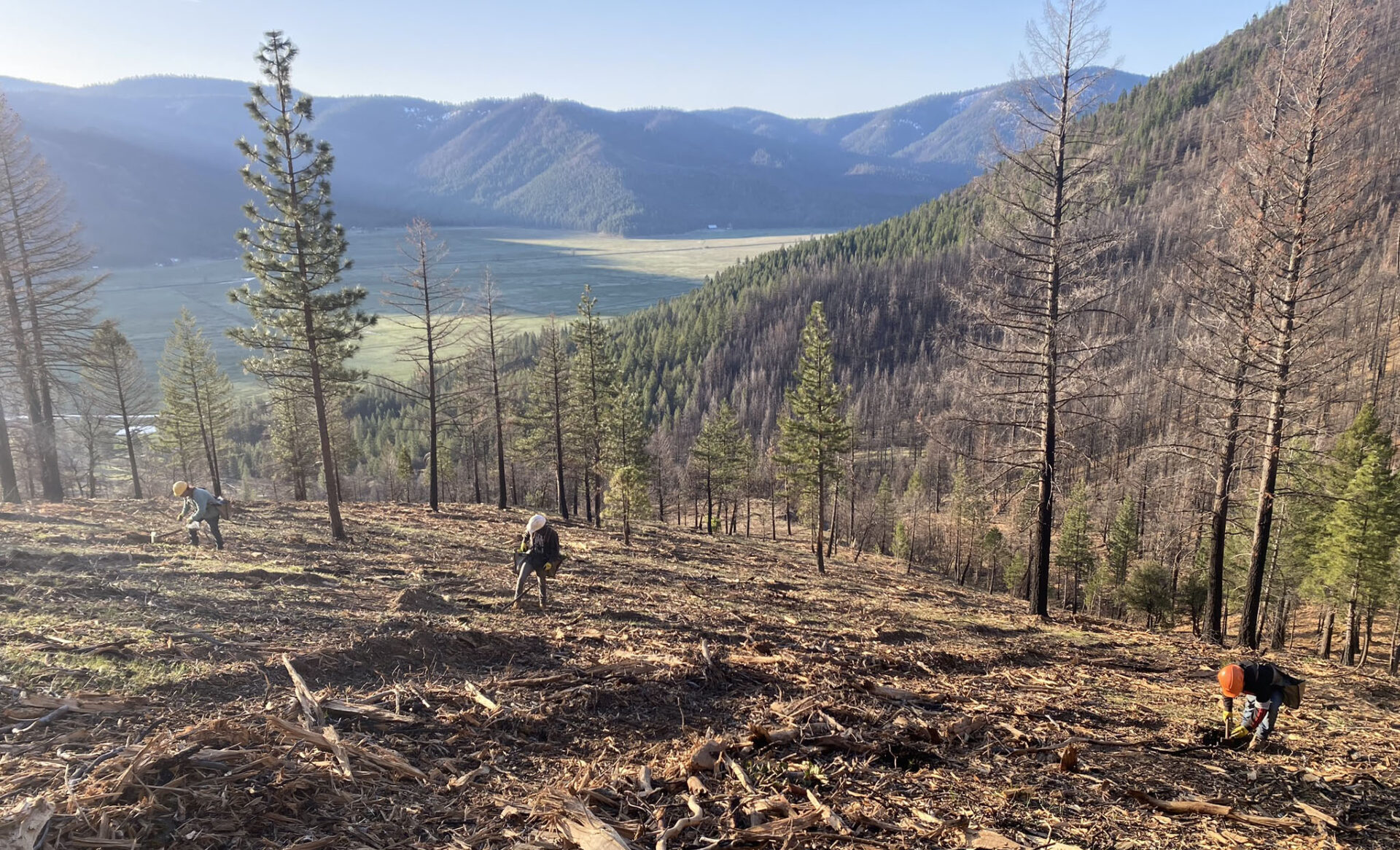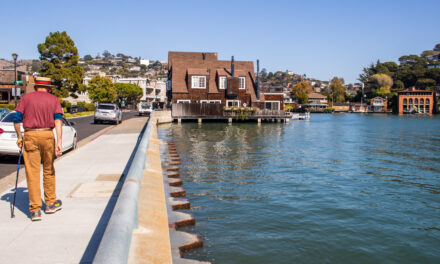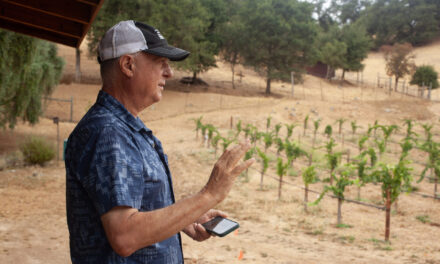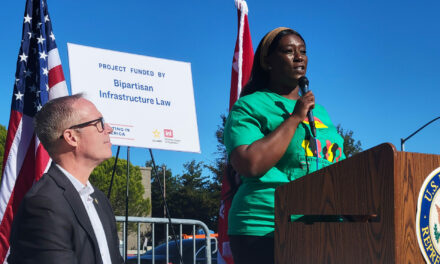Federal Funding Flip-Flops Stop Work on California Forest Safety and Working Lands Projects
California’s Resource Conservation Districts and local contractors struggle to weather grant uncertainties and still maintain forests, creeks, farms, soils, and pasture.
In January, President Trump signed sweeping executive orders that led to freezing billions of dollars in federal funding while his administration evaluates whether they align with its new policy goals. Among the many casualties of the resulting shortfalls are projects funded by local Resource Conservation Districts. Affected projects range from wildfire protection efforts to habitat conservation to agricultural programs, and the cuts impact all the landowners, neighbors, consumers, and workers caught in their wake.
“This [is having] a big trickle-down effect, from an individual to the county level,” says Christine Kuehn, executive director of the Sonoma RCD.
Subsequent to the initial executive order, the administration issued a series of flip-flopping memos and other actions relating to grants, including reviews and terminations, which are still unfolding — as are many legal challenges. Meanwhile, much-needed funding remains unavailable. “The uncertainty is just horrible,” says Nancy Wahl-Scheurich of the California Association of Resource Conservation Districts. “Not only is this bad for the RCDs, but it also makes it more difficult to fulfill the state’s need to do the important forest health work and other restoration projects that our California voters want, because RCDs are crucial to that.”
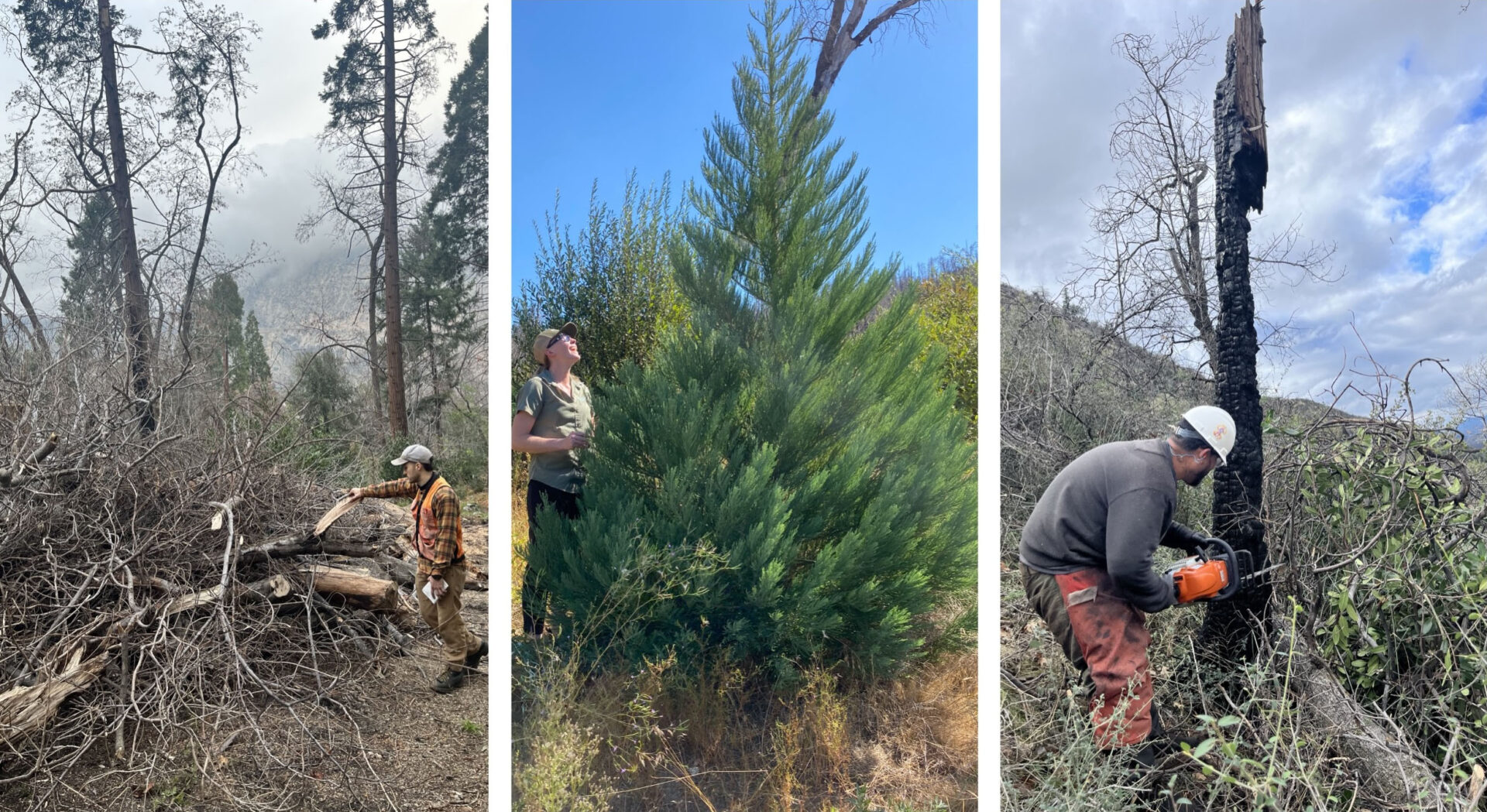
RCD staff reduce fuels after the 2020 El Dorado fire, replant after the 2020 Creek Fire, and remove a dangerous standing snag. Photos: Inland Empire RCD, CARCD.
As of May 2025, over $30 million in funding for California’s RCDs has either been rescinded or is in limbo, says Wahl-Scheurich, whose organization often applies for grants on behalf of the RCDs as a block.
In California (unlike in most states) RCDS get over 95% of their funding from either Federal or State grants–making the loss of many Federal grants a particularly substantial blow.
“The impact [for each RCD] is different, depending on what that funding portfolio looks like,” Kuehn says. “The Sonoma RCD has been fortunate in that we’re less than 20% Federally funded.”
The common denominator for which grants have been rescinded is whether the project description included keywords targeted by the Trump administration, regardless of the actual intent of the project, says Wahl-Scheurich.
The main grants that the RCDs have seen cancelled include the terms “climate” and “underserved,” she says. But the impacted projects include agricultural support, marketing, soil improvement, pasture and forage improvement, water saving and enhancement, fish and wildlife habitat restoration, forest management, invasive species reduction, and fire hazard reduction — to name a few.
“It’s really quite devastating, and really frustrating, because the things that they are attacking have nothing to do with the work that anyone’s doing. They’re not looking at the project, they are just stopping it,” Wahl-Scheurich says.
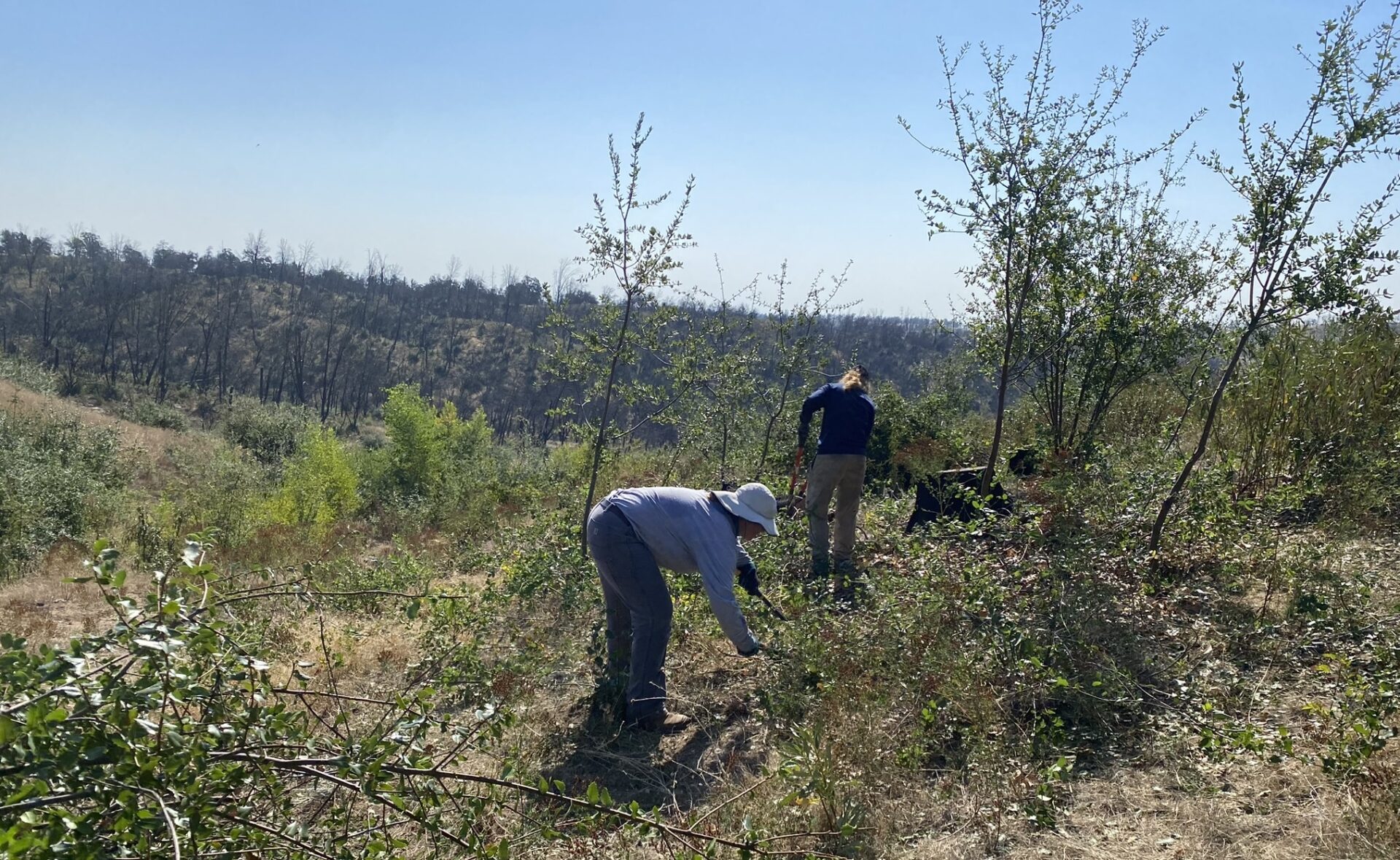
Pruning oak shoots to ensure healthy forest regrowth is just one job state-run RCDs undertake throughout California. Photo: Western Shasta RCD
RCDs have played an important role in caring for America’s rural landscapes since the Dust Bowl in the 1930s. Initially focused on soil and water conservation on agricultural lands, over time the RCD expanded its focus to include first water quality and wildlife habitat, and now wildfire preparedness and climate resiliency.
“We’re here to be helpers and to do the good work in concert with land stewards,” says Kuehn. “Their concerns shift over time and so we are constantly evolving.
Whatever the label or focus, many RCD projects are focused on helping residents, farmers, and workers care for California’s forests and landscapes.
“We just had a termination of a forestry-related grant for underserved foresters, because they thought that it was racially discriminatory,” Wahl-Scheurich says. “What is absurd is that we use the Forest Service’s own definition for ‘underserved’, which does not mention race… Usually, this can mean veteran farmers, small farmers, new farmers, and women farmers, as well as farmers who are not white.”
That particular funding would have helped owners make small, forested properties safer. Such properties, Wahl-Scheurich says, are often contiguous with larger tracts of forest land. “If you can’t maintain the small plot, then that’s ripe for burning. The fire doesn’t care whose land it is, and then it is going to spread onto the larger properties,” she says. “You also have to worry about the combination of this with the drastic cuts to the staffing of the Forest Service.”
Another rescinded grant provided $10 million to support “climate smart” production by vineyards, orchards, dairies, and other agricultural operations in Marin and Sonoma Counties. “The grant had been awarded and we had already started work,” says Kuehn. “That was a huge blow.”
In response to the uncertainty, many RCDs have had no choice but to abruptly pause funding for the projects that the administration was reviewing.
“The impacts of that are immediate and long-term,” Wahl-Scheurich says. “Do people need to be laid off because this funding is going away? But then what if the grant is suddenly greenlit? How are we going to get the work done? It is devastating.”
This situation is already having very real impacts on employment.
“We got a call from the RCD just saying, ‘Stop work now,’” says Steve Pye, a contractor who owns a Sonoma County firm specializing in restoration, forestry, and other ecological projects. “I had to let half my crew go, and [now] the future is uncertain.”
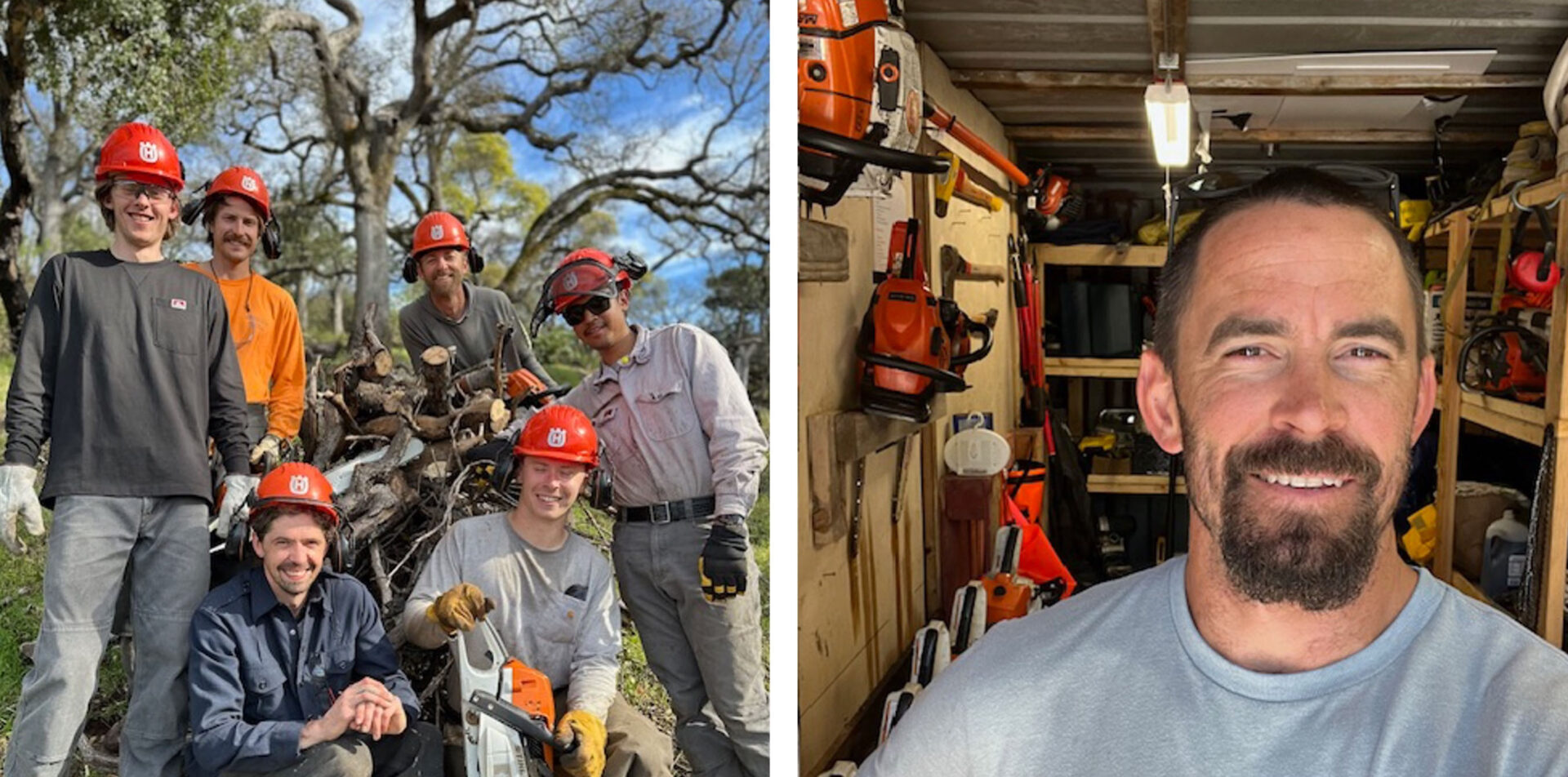
Left: Steve Pye’s crew. Right: Steve Pye
At the time of the grant freeze in January, most of Pye’s work was performing fire-hazard-reduction work through the RCD. Three months later, he is in a different kind of a fix — the particular grant he was to be paid through was unfrozen, and now he is scrambling to catch up.
“The reality is that people don’t have the kind of money to do these kinds of projects privately, and all of us depend on getting this critical work done. These projects make our communities better and safer,” says Pye.
Kuehn says the reinstatement of that grant was not about the value of the work, but about the way the grant proposal was phrased.
“It’s all about the naming of those programs and the target words,” Kuehn says.
Wahl-Scheurich points out that the cuts directly impact goals that the administration is promoting, such as increasing domestic food production, forest management, and timber harvest.
“It’s really counterproductive, even for people who have bought into this administration’s approach,” says Wahl-Scheurich. “The RCDs really do a great deal for the federal government. If you want to have timber, you want to have food, you have got to have someone out there helping people do that.”






